
Slowly floating the legs down from any inversion can be challenging. It takes time, patience and practice to develop the strength and body awareness to successfully lower down. It also requires being able to engage deep abdominal muscles. Despite popular belief, you don’t need a six-pack to float down! And, once you float down, floating up will likely follow — it did for me!
What muscles do we need to engage?
There are a total of six abdominal muscles in your body; from deepest to superficial they are the the transversus abdominis, the internal obliques, the external obliques and the rectus abdominis. The deeper the muscles, the more impact they will have on your posture and maintaining a healthy spine. Here is a brief description of each:
Transversus Abdominis: It is the deepest of your abdominal muscles, and it wraps around your torso. You cannot feel this muscle from the outside. The best description I’ve read for this muscle is that it is like a back support belt but for the front of your body.
Internal Obliques: These are a pair of muscles that run alongside your torso that help your spine twist and move laterally.
External Obliques: These are another pair of muscles that also run alongside your torso and help your spine twist and move laterally.
Rectus Abdominis: These are the most superficial muscles of the group and the ones that make up the “six-pack” abs.
Do I need six-pack abs to do this?
Quite simply… No, you do not. In fact, a six-pack will help you the LEAST when working with floating down or pressing up for that matter. It is the ability to engage the transverse abdominal muscle that will have the most impact on your inversion practice.
Engage those bandhas?
Before going through my yoga teacher training, I’d always hear teachers say “engage your bandhas”! If you haven’t been practicing long, more than likely your first reaction is “what the heck does that mean??!! Simply put… a “bandha” is a lock in the body that helps seal in the energy and engages the muscles.
The two bandhas that most teachers will reference during inversions are the Mula Bandha and the Uddiyana Bandha. In very simple terms, the Mula Bandha occurs in the pelvic area and low belly while the Uddiyana Bandha occurs in the upper abdominals. The best way to describe the Mula Bandha is the feeling you get when you have to go to the bathroom and are holding it. The Uddiyana Bandha can be felt when you draw your navel up toward your heart while wrapping your lower ribs in towards one another. I learned how to do this by placing my hands on my lower ribs, fingers facing in towards each other, and by making believe my hands were a corset. As I exhaled and drew my navel up and in, I closed my hands towards one another.
Start the float down from Tripod Headstand
If you are new to this, start off by attempting this from your Tripod Headstand. Working the float down from here will also help you gain strength within your core!
Slowly come into your Tripod Headstand. Start by flexing your feet to activate your entire lower body… and also to prepare your feet for the landing! Take a deep breath in. On the exhale, engage those bandhas and try to lower your legs down a few inches. Inhale. On the exhale, lower them down a little more. Make a mental note where your legs come down if you cannot float them gently onto the ground.
Come back into your Tripod Headstand again. This time, float them down to your “breaking” point or slightly above that… On the inhale, try to lift them back up again. Try to do this three to five times. This small action will help strengthen your core over time. Keep working this as low as you can go… eventually coming all the way down onto the ground gently and maybe back up!
Ready to move on?
Once you can comfortably float down and up in Tripod Headstand, you can start to work on your float down from Handstand. Feel free to use a wall if you have trouble balancing and you can even press the crown of the head into the wall to help slow your descent. You may feel this in your wrists, so take it slow! Remember the foundations of a handstand and press firmly into the ground with your hands. Engage your core and slowly start to float down. If you are having serious trouble with this, you can also try straddling your legs to float down! Play with it…but most importantly, have patience!
XOXO
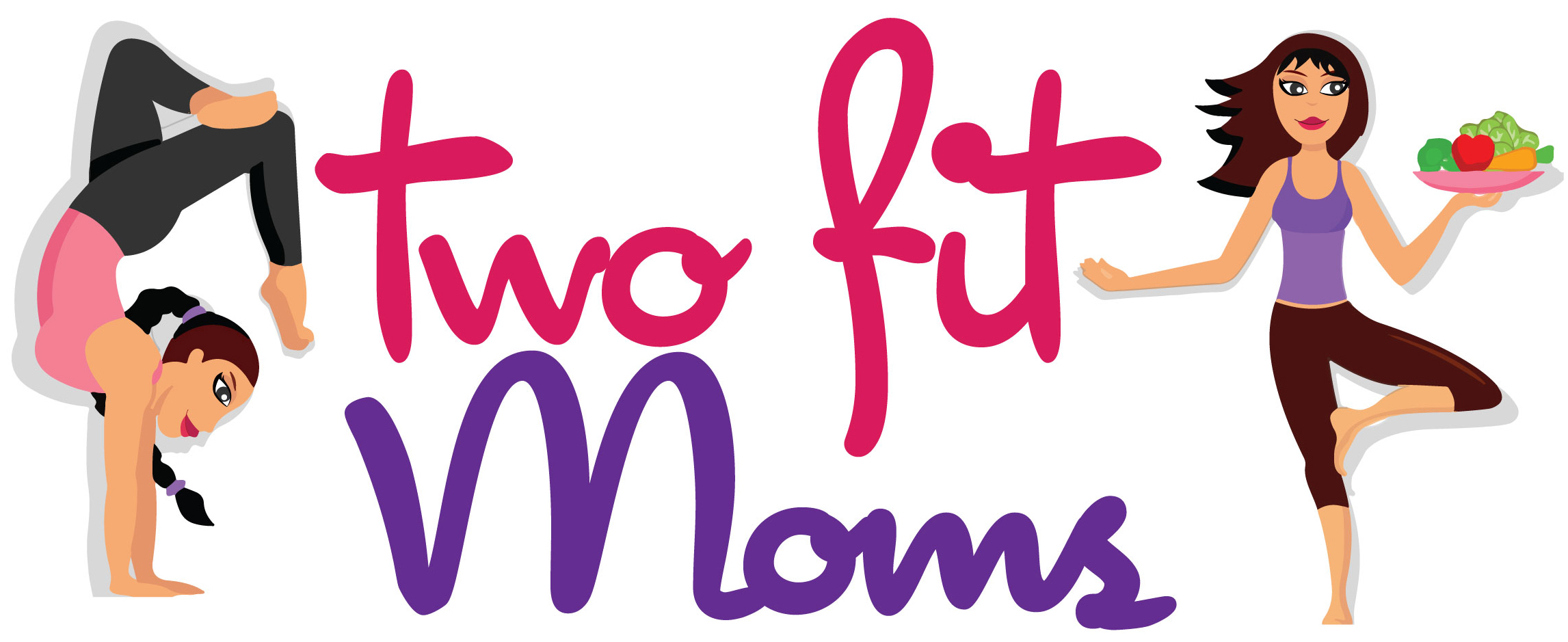
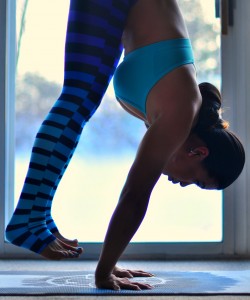

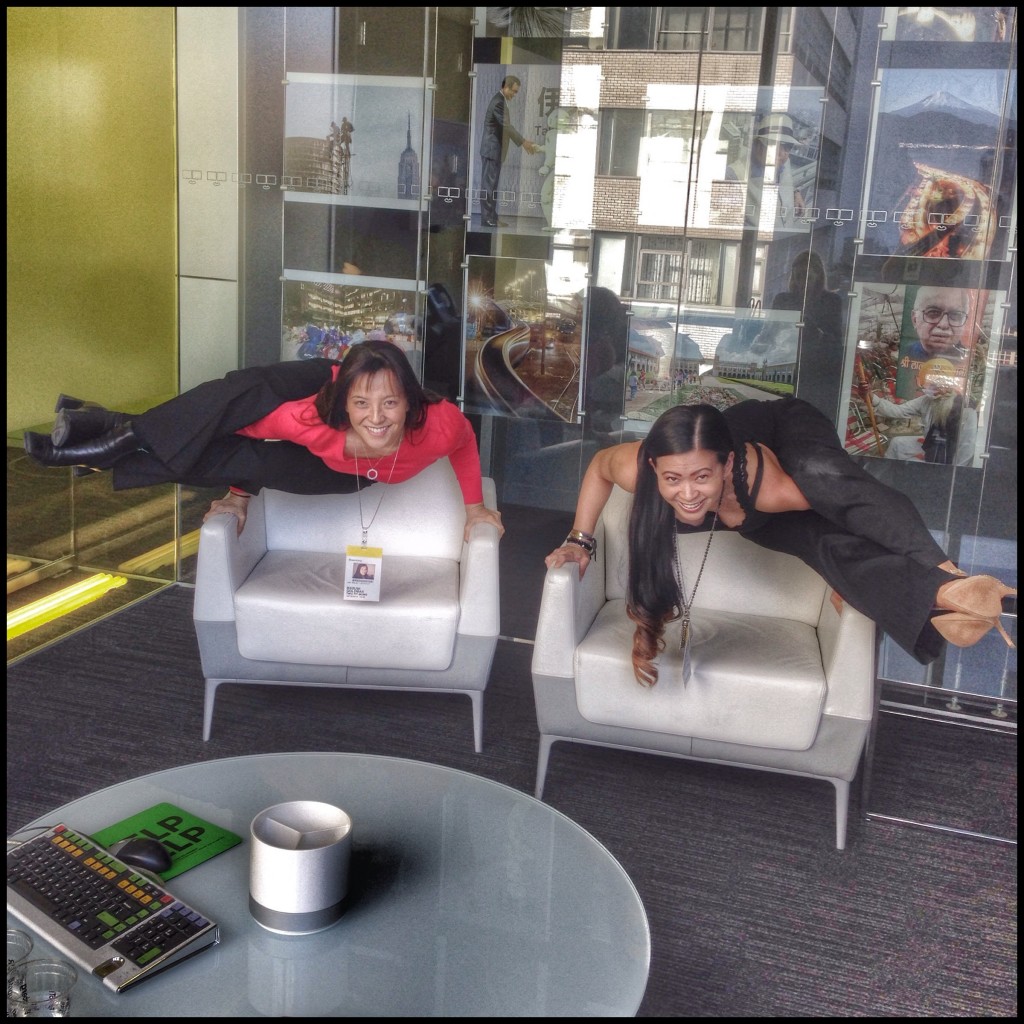


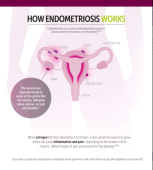

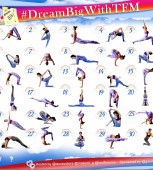

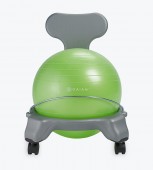
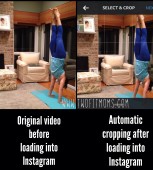

I will defintely try it from the tripod Headstand !! Love your blog !!
xxx